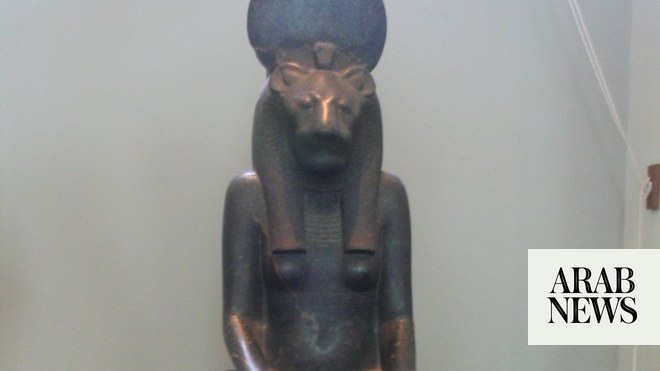
The statue of the slave trader Edward Colston will go on display in a Bristol museum almost a year to the day after it was hauled from its plinth in the city centre by Black Lives Matter protesters and thrown into the city’s harbour.
Colston’s statue will form the centrepiece of a temporary exhibition at the M Shed museum and a survey will be launched to try to find out what people think should happen to it next.
The statue will sit alongside a selection of placards from the BLM protest that took place in Bristol last year with a timeline of key events. An online version of the display and survey will be available for people unable to visit M Shed.
The Bristol mayor, Marvin Rees, who has previously described the removal of the statue as a “piece of historical poetry”, said: “7 June 2020 is undoubtedly a significant day in Bristol’s history and had a profound impact not just in our city but also across the country and around the world. The Colston statue: What next? display at M Shed is a temporary exhibition which aims to start a conversation about our history.”
Rees set up the We Are Bristol History Commission in September 2020 to consider the future of the statue. The commission has drafted the survey to find out what people think should happen to the statue.
The mayor added: “The future of the statue must be decided by the people of Bristol and so I urge everyone to take the opportunity to share their views and help inform future decisions by taking part in the survey.”
Responses will be archived and made publicly accessible as a resource for researchers and schools.
Tim Cole, the commission chair and a professor of social history at the University of Bristol, said: “This is an opportunity for everyone to have your say on how we move forward together. The display is not a comprehensive exhibition about Colston or transatlantic slavery in Bristol, but it is intended to be a departure point for continuing conversations about our shared history.’’
After its retrieval from the harbour, the conservation team at M Shed cleaned the statue and stabilised spray-paint graffiti on it to prevent flaking. A bike tyre that emerged from the water with the statue will also form part of the display.
Fran Coles, conservation and documentation manager at M Shed, said: “The aim of our conservation work was to stabilise the statue and prevent deterioration from the water and silt it had been exposed to.
“This will prepare the statue for whatever its future may be. M Shed’s role is to reflect the history and contemporary issues relating to Bristol, telling the stories that matter to the people of Bristol.
“Therefore, it is a very suitable location for this short-term display of the statue. It will enable visitors to take stock and make their own minds up concerning the future of the statue. The display and survey will also be online, helping to reach people across the city and beyond.”
Katie Finnegan-Clarke, co-founder of the Countering Colston campaign, said: “I believe the defaced statue should be permanently displayed in the M-Shed as it signifies that our city has rejected white supremacy and those who have profited from it.
“I’m not convinced that a general survey is the best way forward as we need to amplify the voices of those who have been inter-generationally impacted by enslavement and colonialism, but I look forward to hearing the result.”
The campaign group Save Our Statues tweeted: “It’s wrong to hold Colston up to ridicule by leaving the graffiti. Whatever its future, it must be restored and we must not celebrate the mob.”
The exhibition begins on 4 June. M Shed entry is free, but visits must be booked in advance to keep the galleries Covid secure. Visit bristolmuseums.org.uk












